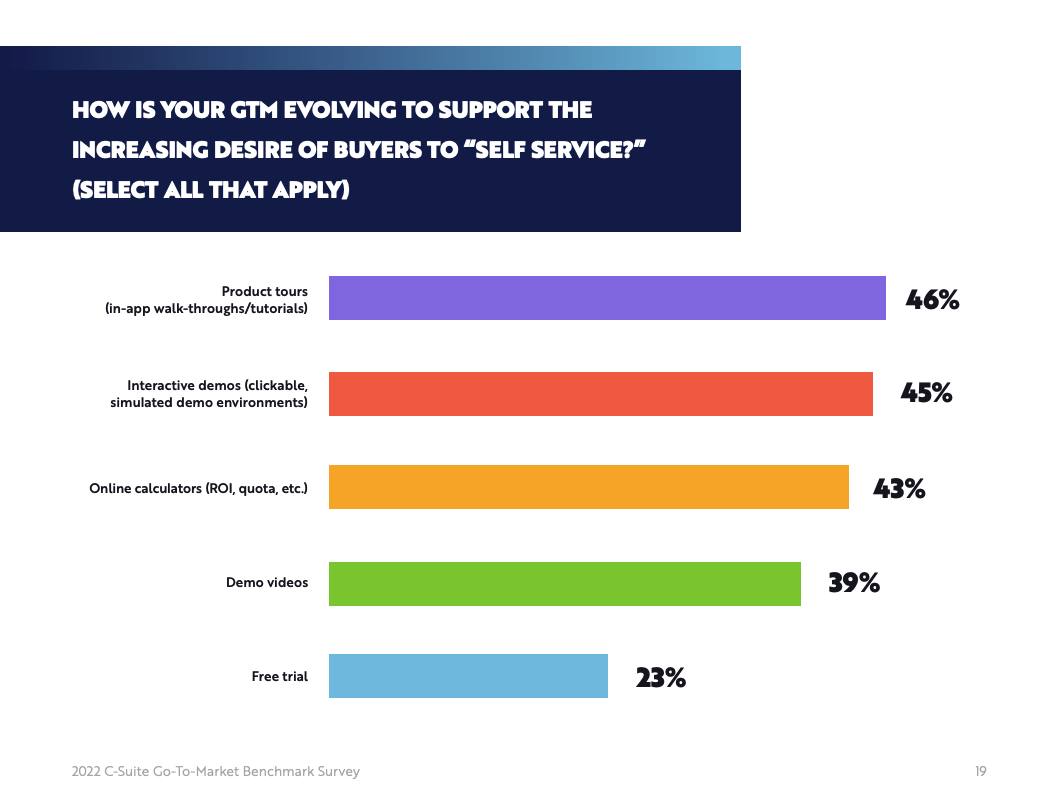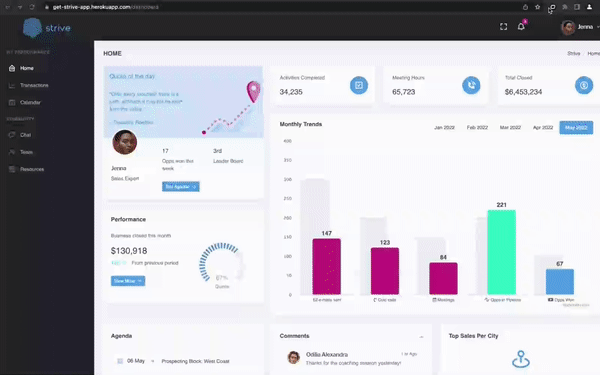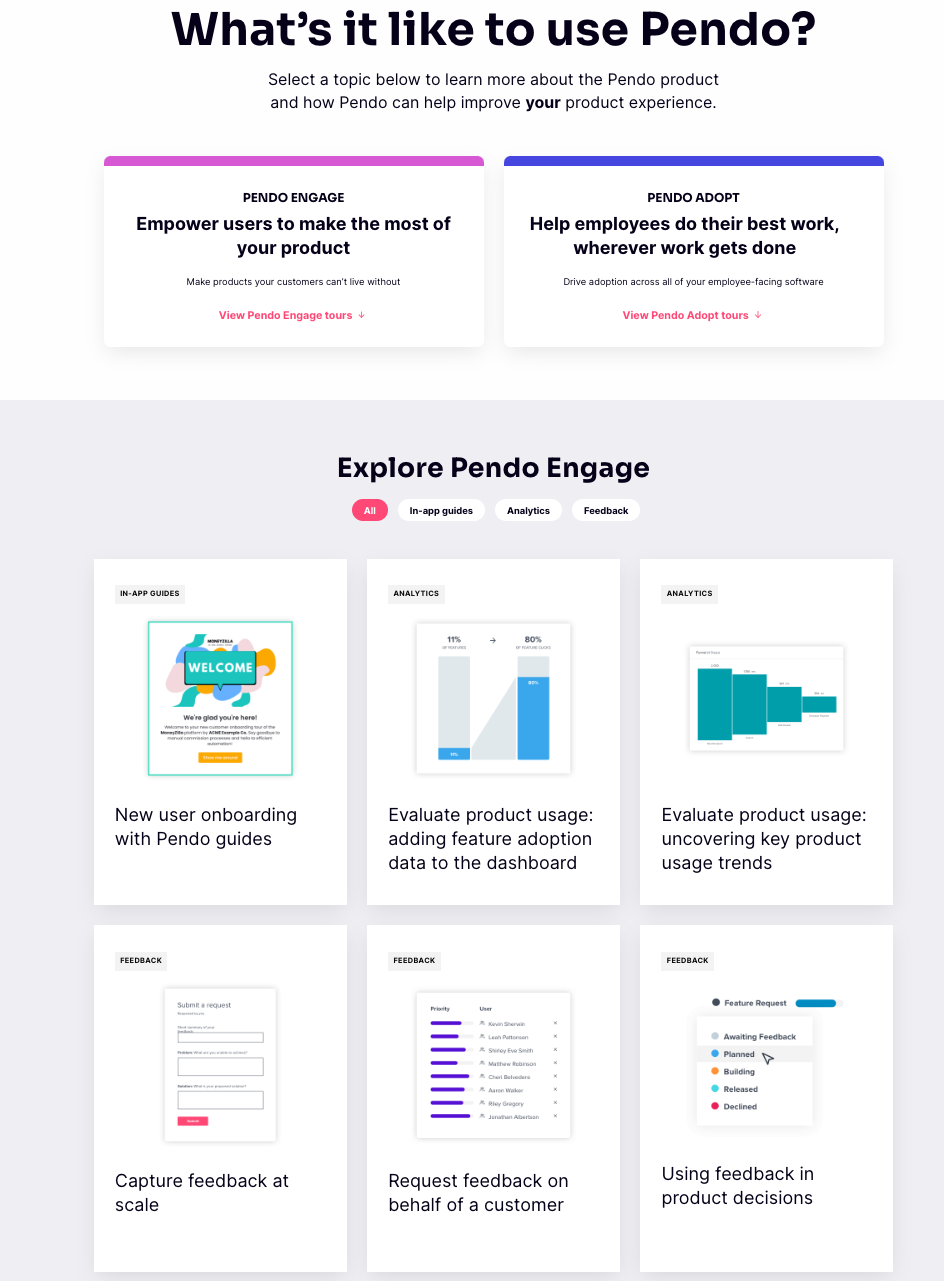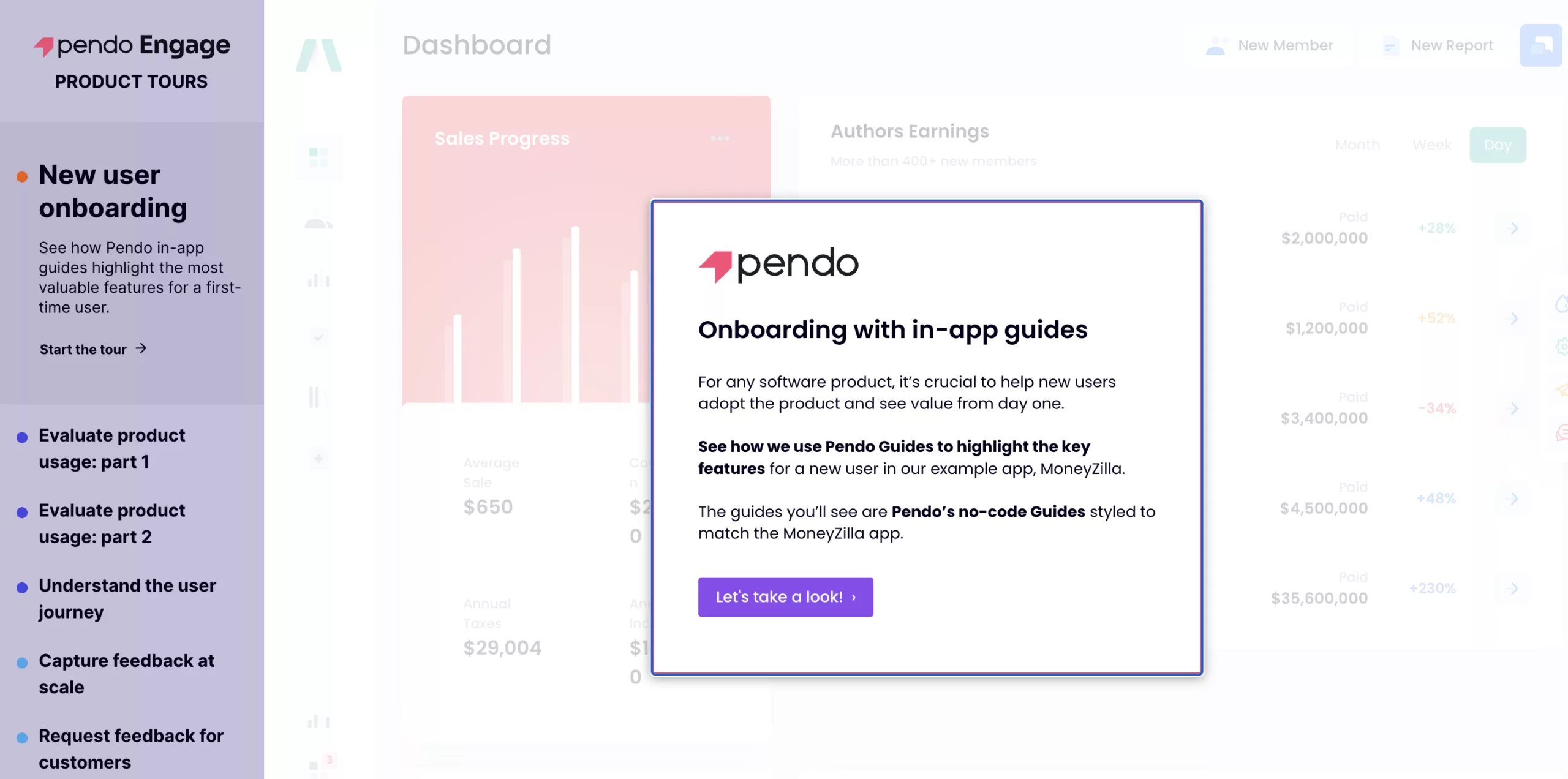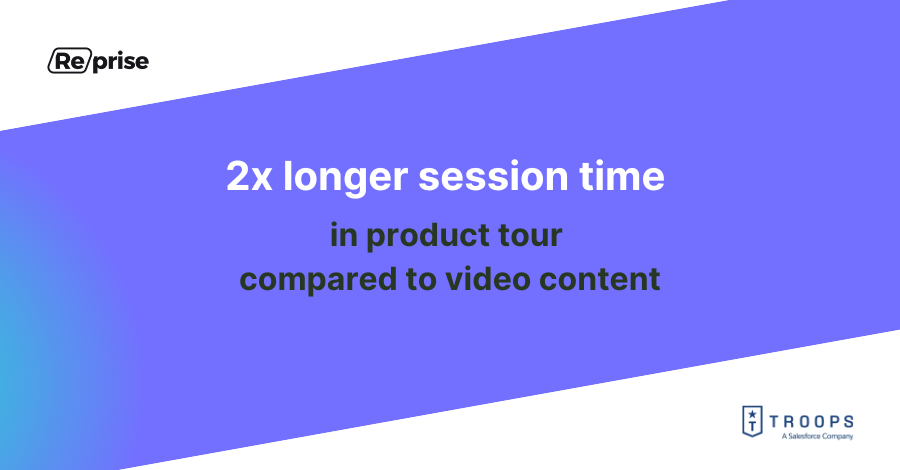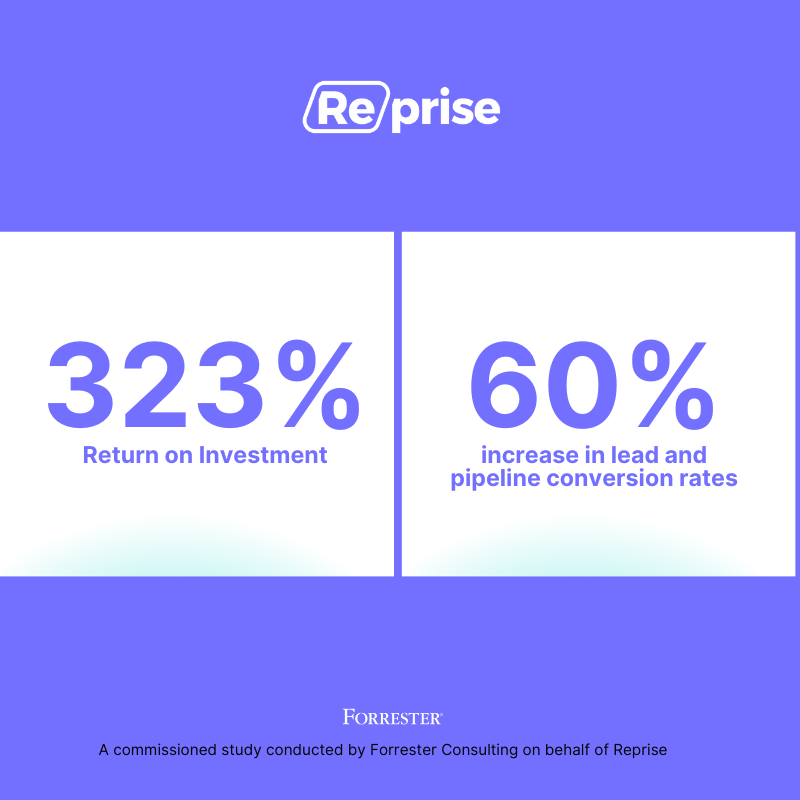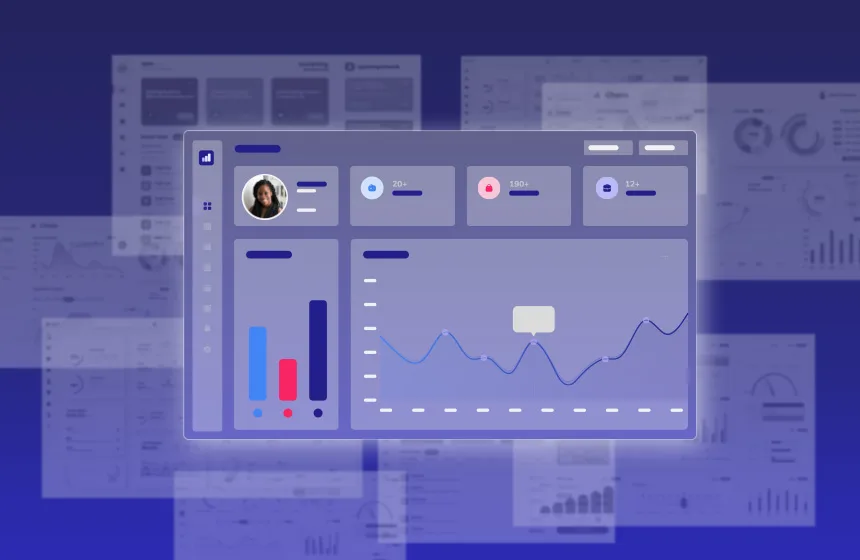Accelerate deals and increase win rates with the leading enterprise AI demo platform.
Going Beyond SaaS Demo Videos: Why Interactive Demos can Win More Deals

May 22, 2025
Table of Contents
Product demo videos might be the next big thing in software sales.
Or are they already outdated?
Because there’s actually an even better way to sell your product: interactive demos.
The new frontier of product demos
No, these demos are not the kind where your SEs spend a week crafting and spinning up the perfect demo in an expensive, high-maintenance environment (or in your actual production environment with personal identifiable information and all the security hazards that entails).
We’re talking about scalable, reusable interactive demos your team can put in front of prospects throughout the entire sales cycle so they can experience your product’s true power and interactivity.
But first, let’s cover why demo videos aren’t the end-all-be-all of SaaS demos.
When product demo videos work
Let’s state this right off the bat: video demos aren’t useless. There’s a time and a place for them, and they can be effective when they’re used in the right way.
Gartner research found that buyers’ top three forms of content types used to make purchase decisions are online trainings, video tutorials, and product documentation/user guides. All three are great fits for video demos—they can educate your prospects on how your product works, possible use cases, and much more.
Video is a super-popular medium right now. Just take Meta’s frequent pivots to video content on Facebook and Instagram and the fact that YouTube is the second-biggest search engine on earth right now.
People do enjoy watching videos to learn about new products and how to complete tasks. I’ve personally learned everything from how to unclog a drain to how to master growing houseplants via YouTube videos.
Where product demo videos fall flat
But… (and you knew there was a but coming) video simply isn’t the optimal format for all product demos.
Yes, prospects like video more than a one-pager they’re not going to read. You may prefer creating a video demo to spinning up a whole finicky custom live demo. Video demos are better than the current B2B sales status quo (a deck filled with screenshots of your product, in many cases).
But that doesn’t mean videos are the best, or the only, way to deliver more value in your sales process.
- Time: They take a lot of time to create, from writing the script to filming and editing the final product.
- Cost: They can cost tens of thousands of dollars to produce if you go with a professional team.
- Obsolescence: They’re hard to update. You might have to refilm the entire video if you release a new product feature.
- Passive: Watching a video is a passive experience — aka. the viewer is not really engaged; they’re just observing. With the human attention span decreasing by a whopping 88 percent yearly, good luck keeping them from doing other things while your demo video plays.
Let’s be real; we’ve all clicked on a video that promises to teach us a vital skill or show us something cool. And it does… but it’s also a little bit deadly. You want the information, but the video isn’t engaging—it’s just someone talking at you, overloading you with information.
Since you’re not engaged, you’re less likely to remember all the finer points covered in the video. You might even forget the brand or the content because there’s no way to participate in the demo or tutorial.
Keeping prospects engaged in your software demo video is a real challenge when you can’t interact with them like you would in a live sales demo.
And your SEs can’t be on every call to create and walk through a custom demo—that’s one of the biggest time-killers in their role, and you simply cannot scale your SaaS demos with a process that clunky.
Introducing the interactive demo
Interactive demos share all the great qualities of video demos, meaning they can be asynchronous and autonomous to save SEs time and give prospects more control. It’s customizable, easy to update as new features roll out, and offers sophisticated analytics as well.
And it’s more effective—interactive content gets twice as much engagement as static content.
With interactive demos, prospects can get in there and experience it for themselves instead of just watching someone use the product. It’s like watching a video of someone driving a Ferrari versus playing a hands-on video game where you get to drive a Ferrari—much more engaging and memorable.
Buyers today want to touch and feel a product before they commit to purchasing, whether they’re buying a sports car or B2B software. And 51% of B2B buyers say interactive content is helpful when they’re tackling business challenges. Your sales process needs more ways to let them do so without compromising quality or the buyer experience, and interactive demos are the perfect solution.
In a Demandbase 2022 C-Suite GTM Benchmark Survey, 45% of the queried high-level marketing and sales leaders said they are using interactive demos to support the desire of buyers to “self-service” — up from 39% who responded with demo videos.
The tides are shifting, and it’s only a matter of time before this gap widens even further.
How to create and use interactive demos
Sounds great, right? But doesn’t creating all of those interactive demos to send to prospects suck up SE time and resources?
Well, with demo creation software like Reprise, creating interactive demos can be easier than creating a video. In just minutes, your SEs (AEs or PMMs) can capture the front end of your software to create interactive product demos that look, feel, and act exactly like your live product.
Have a new product feature? No problem. You can swap out elements in seconds to add new features as they roll out.
Users can click around as much as they like on their own time to get a feel for your product experience, but they can’t stumble into any private data or bugs accidentally because they’re in a nice secure little sandbox.
If you love your video assets, you don’t need to ditch them completely. You can weave them into your interactive demos to help communicate the story you are trying to tell.
You can even create an interactive demo library to have on hand for your AEs so your SEs aren’t running to create a new demo every time a prospect wants to see the product.
It’s a way to make demo creation scalable by creating interactive assets you can reuse for prospects in the same vertical or with a similar use case. Then AEs can easily personalize those premade demos by swapping out variables like company logos, names, etc.
Reprise customers winning with interactive demos
Reprise customers like Pendo have taken it to the next level by adding a library of interactive self-guided product tours to their website.
Interactive demos like Pendo’s allow customers to choose their own adventure and engage with the parts of their product they want and when they want.
With the rise of product-led growth, these upfront product experiences are exactly what B2B buyers demand.
These opportunities convert into pipeline at a higher rate.
Forrester completed a TEI report for Reprise that looked at the impact of prospects who engaged with an interactive product demo created by Reprise.
The result:
60% uplift in average website interactions that converted to leads.
And these leads were also 50% more likely to convert into pipeline.
323% ROI
Do you want to meet today’s buyers where they are with the product experiences they desire? Get a demo of Reprise and create your own interactive demos that win more deals today!



